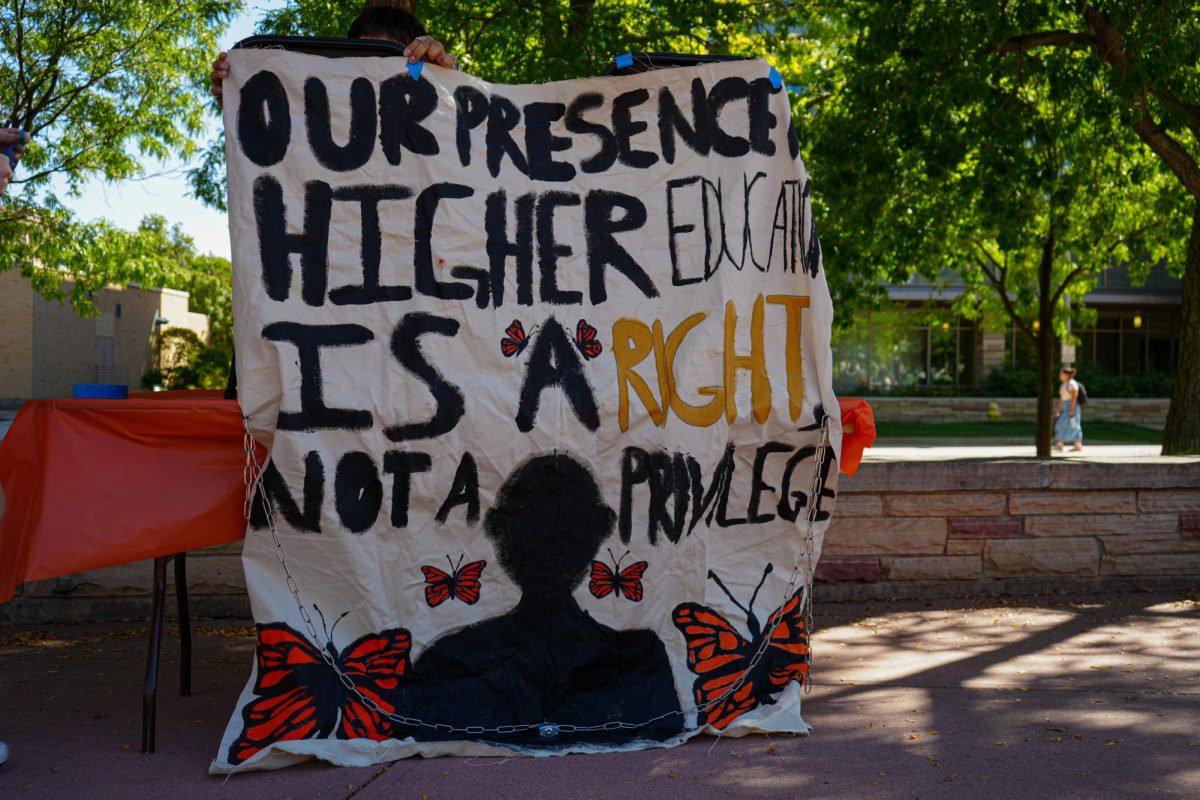In 2000, the United Nations set ambitious millennium development goals for the world to achieve by 2015. After 15 years of work, the UN met at the end of September to assess progress and create new goals aimed at improving the world by 2030.

The millennium development goals, which were assessed in the UN Millennium Development Goals Report this year, will expire at the end of 2015, according to Yahoo! News.
The new sustainable development goals for 2030 include the following: no poverty, zero hunger, good health and well-being, quality education, gender equality, clean water and sanitation, affordable and clean energy, decent work and economic growth, innovation and infrastructure, reduced inequalities, sustainable cities and communities, responsible consumption and production, climate action, life below water, life on land, peace, justice and partnership.
At the UN summit last month, African leaders said their countries have been successfully guided by these goals over the past 15 years and urged other world leaders to commit to completing the new set of goals, according to the UN.
“The global mobilization behind the millennium development goals has produced the most successful anti-poverty movement in history,” states the 2015 UN Millennium Development Goals Report.
The first goal from the MDG, to eradicate extreme poverty and hunger, was successful. The world population living on less than $1.25 per day went from 47 percent in 1990 to 14 percent in 2015. Additionally, the world’s undernourished population decreased from 23.3 percent to 12.9 percent.
Achieving universal education was the second goal and the world made significant progress regarding that by going from 100 million school-aged children not in school in 1990 to an estimated 57 million in 2015. The literacy rate for youth has also increased from 83 percent to 91 percent, and the gap between women and men has also decreased.
Empowering women and promoting gender equality was successful as well — an increase of women in political representation across the globe was seen. Now, women also make up 41 percent of the paid workforce outside of agriculture, compared to 35 percent in 1990. In southern Asia, 74 girls were in school for every 100 boys in 1990. Now, 103 girls are in school for every 100 boys.
Reducing child mortality and improving maternal health were also successful goals. The global number of deaths for children under five fell from 12.7 million to 6 million. The maternal mortality ratio also fell by 45 percent since 1990.
The world also made progress toward eliminating diseases such as HIV/AIDS and malaria, decreasing the number of new HIV infections by 40 percent from 2000 to 2013. The amount of people receiving antiretroviral therapy increased from 800,000 to approximately 13.6 million between 1995 and 2013.
Increasing global environmental sustainability was the seventh goal. The number of people with access to piped drinking water increased from 2.3 million to 4.2 million, while 98 percent of ozone-depleting substances were eliminated, both since 1990.
The final goal was developing a global partnership for development. Official development assistance from developed countries increased by 66 percent from 2000 to 2014, reaching $135.2 million. As of 2015, 95 percent of the world population is covered by a mobile cellular signal.
Collegian Assistant News Editor can be reached at news@collegian.com or on Twitter @sadyswan.








